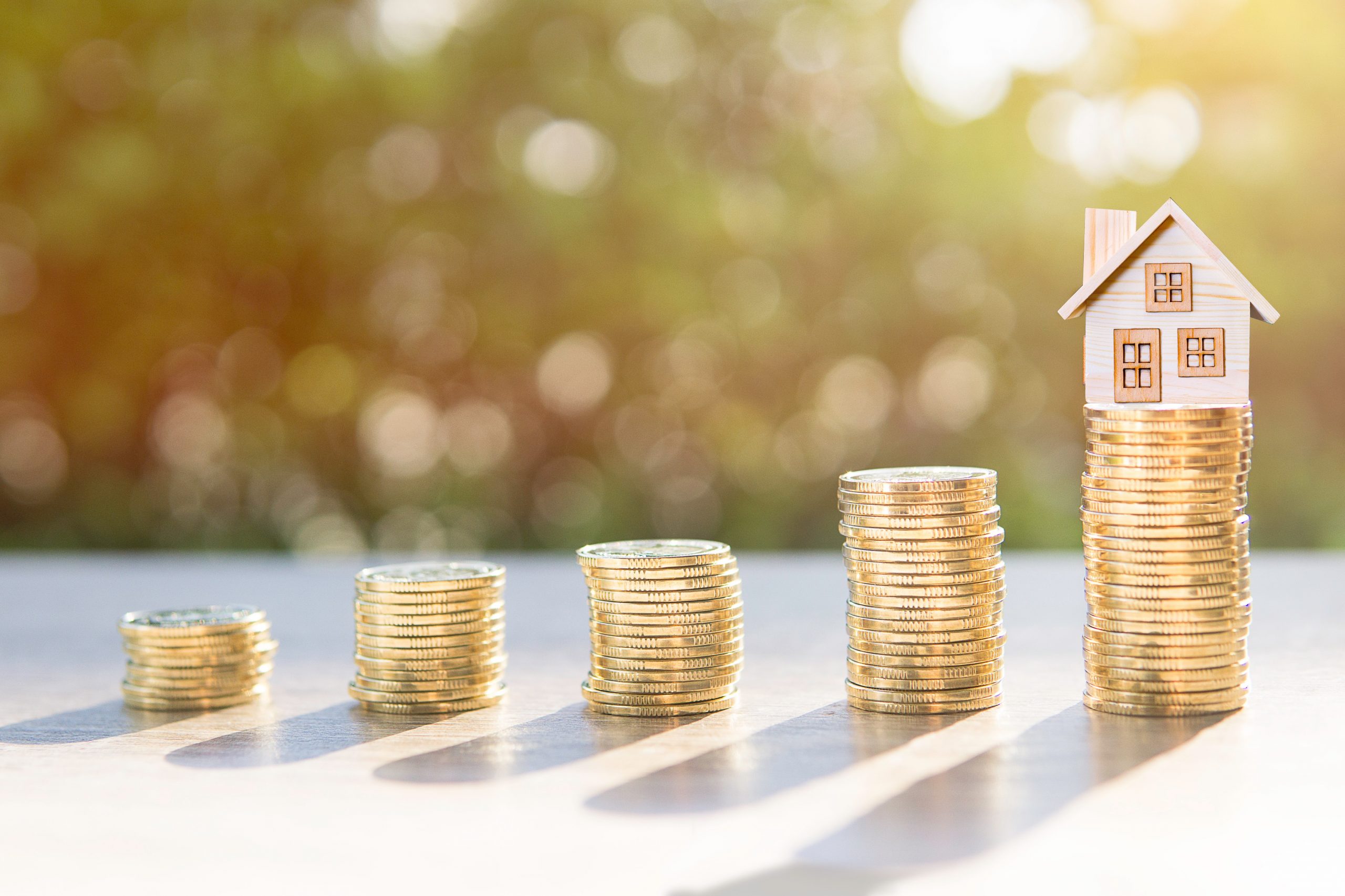 Real estate is HOT right now just about everywhere! There are many factors contributing including pent-up demand, low-interest rates, and the US savings rate hitting a record high at 33%, more than it has been since the previous high of 17.3% set in 1975, at the same time wages have been rising.
Real estate is HOT right now just about everywhere! There are many factors contributing including pent-up demand, low-interest rates, and the US savings rate hitting a record high at 33%, more than it has been since the previous high of 17.3% set in 1975, at the same time wages have been rising.
These factors have both experienced and novice investors purchasing single-family homes and multi-units to add to their portfolio and create passive income. But is it right for you?
Consider the Money
Financing and Interest Rates
Unlike an owner-occupied property where 5% down is common, when it comes to investment real estate you will need a minimum down payment of 20%. Therefore on a $250,000 multi-unit, $50,000 would be standard. As a rule of thumb, you can expect the interest rate on your investment property to be at least 0.50% to 0.75% higher than the rate on your primary mortgage. For example, today’s live 30-year fixed rate as of June 29, 2021 is 3% (3% APR), so the investment property rate would be around 3.5% to 3.75% (3.5 – 3.75% APR). Of course interest rates are subject to your credit score, your debt-to-income ratio, cash reserves and loan-to-value ratio on the investment property. Further, financing terms for most investment properties are 15 to 20 years maximum.
Paying Cash
Paying cash reduces upfront expenses such as closing costs, lender fees, origination fees, and title insurance (although it is prudent to consider having title insurance). The property will generate a higher net cash flow since there are no mortgage and interest payments. It creates leverage when purchasing: cash offers are not dependent on bank approvals and closings can happen much quicker. On the downside, paying cash reduces your liquidity and you bear all the risk. Cash buyers can not take advantage of the mortgage interest deduction which can save you money depending on your tax bracket. Kathy Fettke of Real Wealth Real Estate Investing recommends doing a cash on cash return analysis before deciding to pay cash. A cash on cash return is the ratio between an asset’s annual cash flow and the property’s down payment. A return between 8 to 12 percent indicates a worthwhile investment.
Holding Time
Not all rental properties are turnkey move-in ready. When evaluating the real estate what are must do now items that will get tenants in the door? In a 2021 report Judy Woodruff of National Public Radio stated, “There’s a shortage of skilled tradespeople throughout the American economy, and it is a persistent problem that started well before the pandemic.” Many trades people are booked out for months. Replacing a roof, septic system, or electrical service can delay the time it takes to realize income from the property. While you wait for the necessary improvements; mortgage, taxes, insurance, and utilities still have to be paid. Experts recommend having a financial cushion, in case you don’t rent out the property, or if the rental income doesn’t cover the mortgage.
Investment Income
What should you expect for the return on your investment? According to Money Matters, the rental price should be 1% of what you paid for the house, that number includes the cost of any renovations, repairs, or improvements. If you spent $300,000 on a property including any upgrades then the rent would be $3,000 per month. The 1% rule does not take into account the cost of maintenance and upkeep, utilities if included, insurance or high taxes. Make sure you factor all of your expenses in before purchasing.
All investments involve some level of risk and real estate is no different. For rental properties consider financing versus cash, the amount of potential income compared to the investment, and the time it takes to make necessary improvements before realizing a positive cash flow. And for more info check out our recent Real Estate Investment Webinar HERE.
Read Part 2 Here